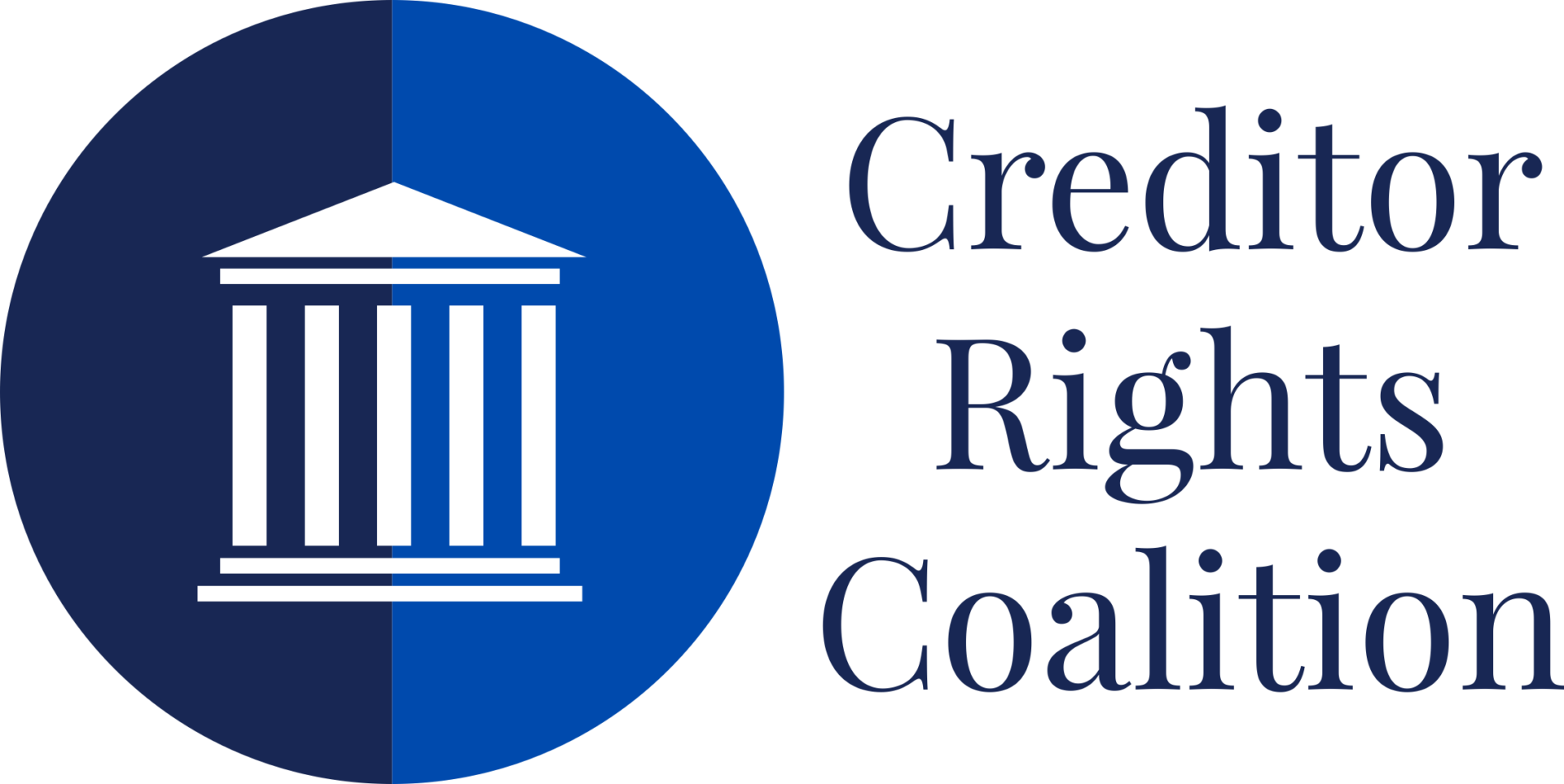Marshall Huebner Speaks on the Purdue Pharma decision

Davis Polk
For decades, third-party releases have been the cornerstone of mass tort bankruptcies that have resolved previously intractable litigation and provided meaningful compensation to victims who might well have otherwise recovered nothing. In cases such as Johns-Manville (asbestos), A.H. Robins (Dalkon Shield), Dow Corning (silicone breast implants), Mallinckrodt (opioids), and Boy Scouts of America, courts concluded, on a developed factual record informed by pre-bankruptcy litigation history, that value-maximizing settlements and plans of reorganization were viable only by providing settling parties paying into the estate third-party releases of appropriate scope. The alternative to these broadly and deeply supported settlements, many in the billions of dollars, was years of costly and uncoordinated litigation in scores of fora and resulting in greatly diminished victim recoveries.
The recent Second Circuit decision upholding third-party releases in the Purdue case recognizes the importance of third-party releases in achieving and maximizing monetary and nonmonetary goals of victims in mass tort bankruptcies. As the Second Circuit explained, “Without the Plan, … many victims of the opioid crisis would go without any assistance and face an uphill battle of litigation.”
The Second Circuit reaffirmed 35 years of its own consistent case law and accorded with the overwhelming judicial consensus that the Bankruptcy Code (now including both Section 105 and Section 1123) authorizes third-party releases and channeling injunctions where important or essential to a value-maximizing reorganization. The Second Circuit articulated a demanding seven-factor test for approving nonconsensual third-party releases that can be applied on a uniform and more standardized basis going forward. This, coupled with the holding that only a district court can enter a final order with respect to such releases, appropriately limits third-party releases to circumstances in which, among other things, they are truly essential to a reorganization and maximize value for—and are broadly supported by—victims and other creditors. This ensures that these plans reflect victims’ monetary and nonmonetary goals.
That was certainly what happened in Purdue. The Plan — supported by over 97% of governmental and 95% of personal injury victims that voted (out of over 120,000) — remained subject to an appeal by — literally — fewer than ten parties out of over 615,000 (less than one five-hundredth of one percent). One can only hope that the will of virtually every party in the case will finally be respected and effectuated — and that 100% of the assets of Purdue and billions of dollars from the Sacklers will finally be allowed to start saving lives and alleviating misery through opioid abatement and victim compensation.
For a more detailed discussion of this topic please see Please Don’t Forget the Victims: Mass Torts, Third Party Releases and the U.S. Bankruptcy Code published in the Harvard Law School Bankruptcy Roundtable.
Copyright 2023 Creditor Rights Coalition
Please contact info@creditorcoalition.org for reprint permission.
